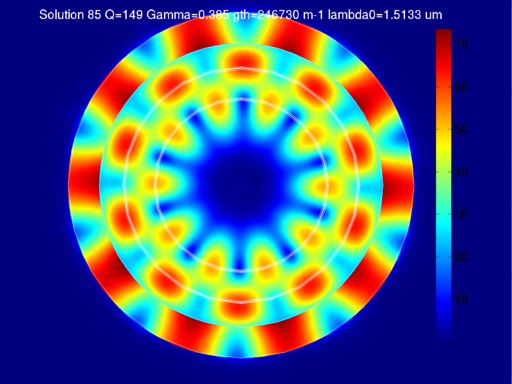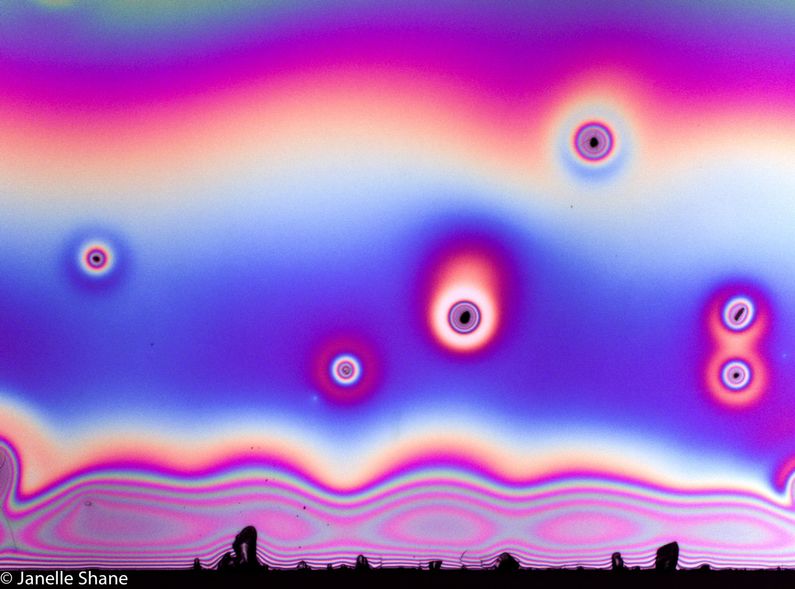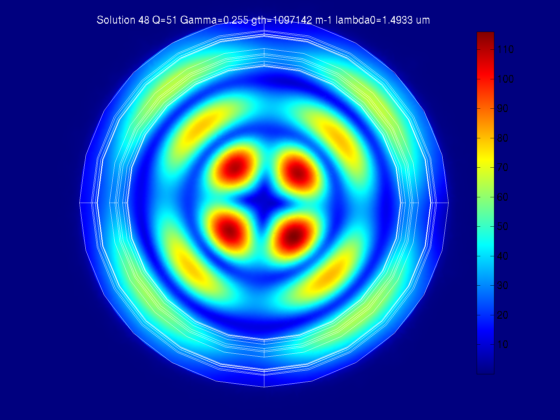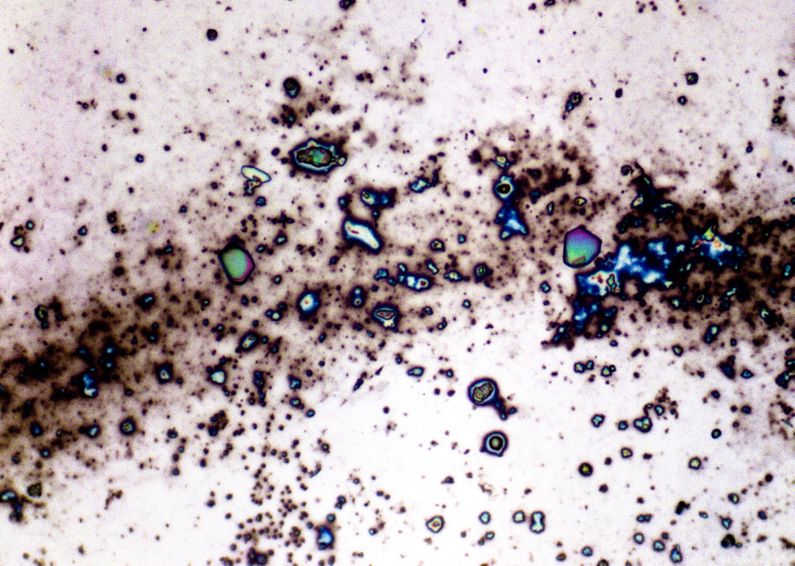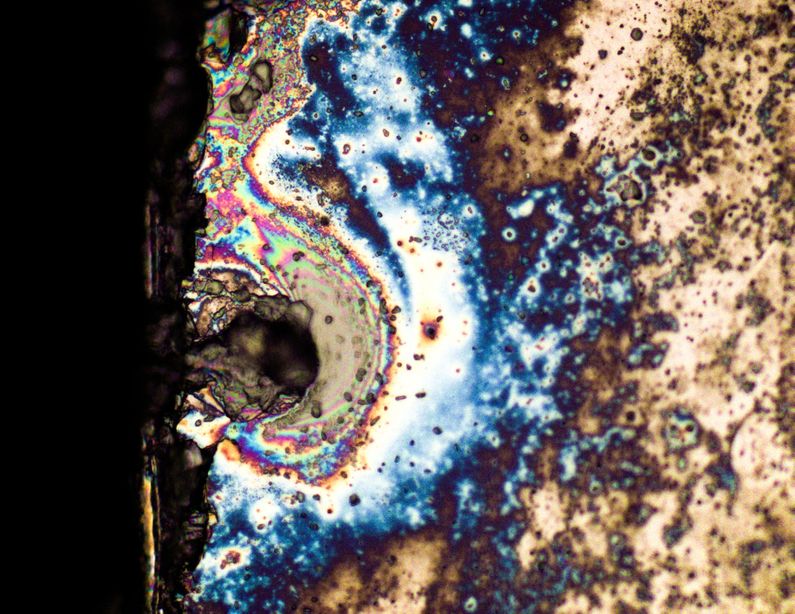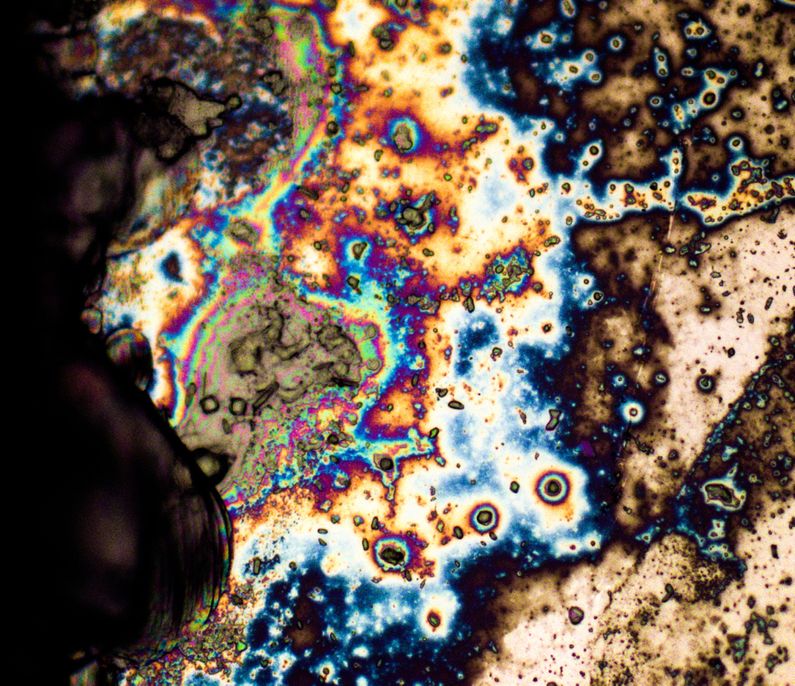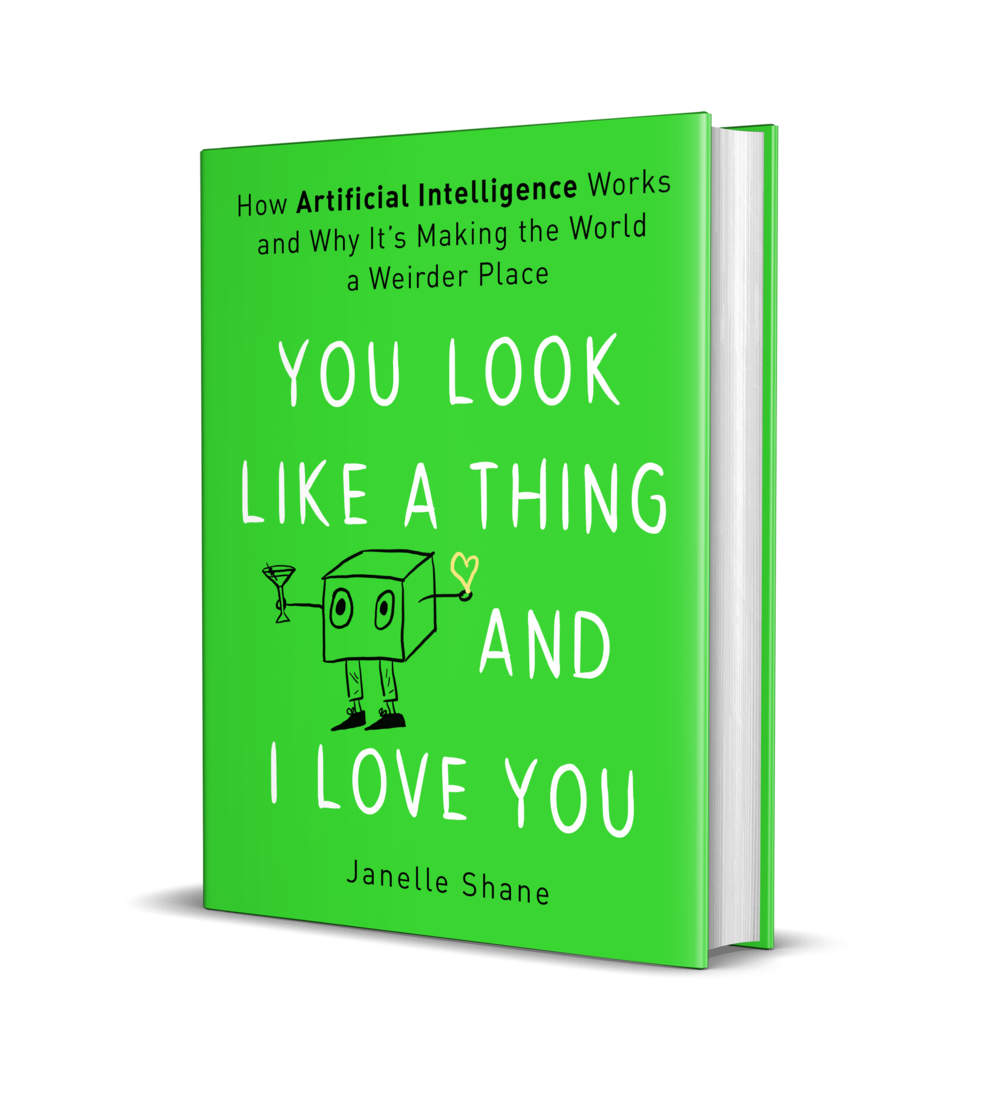This seemed like a good day to post some rainbow laser modes!
Light in a circular cavity makes a variety of standing wave patterns, some of
which look like flowers, wagon wheels, or even tie-fighter spaceships. These
images are from my simulations of the light in the cavities of nanolasers
